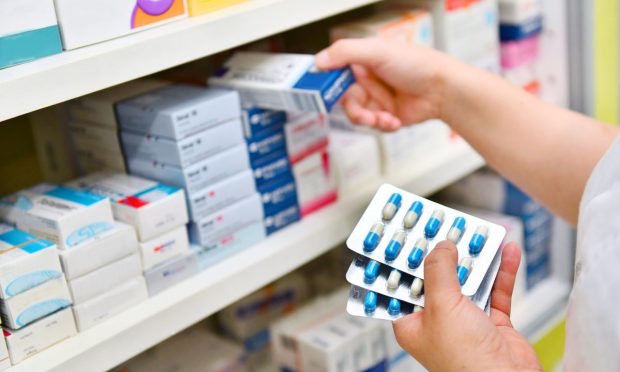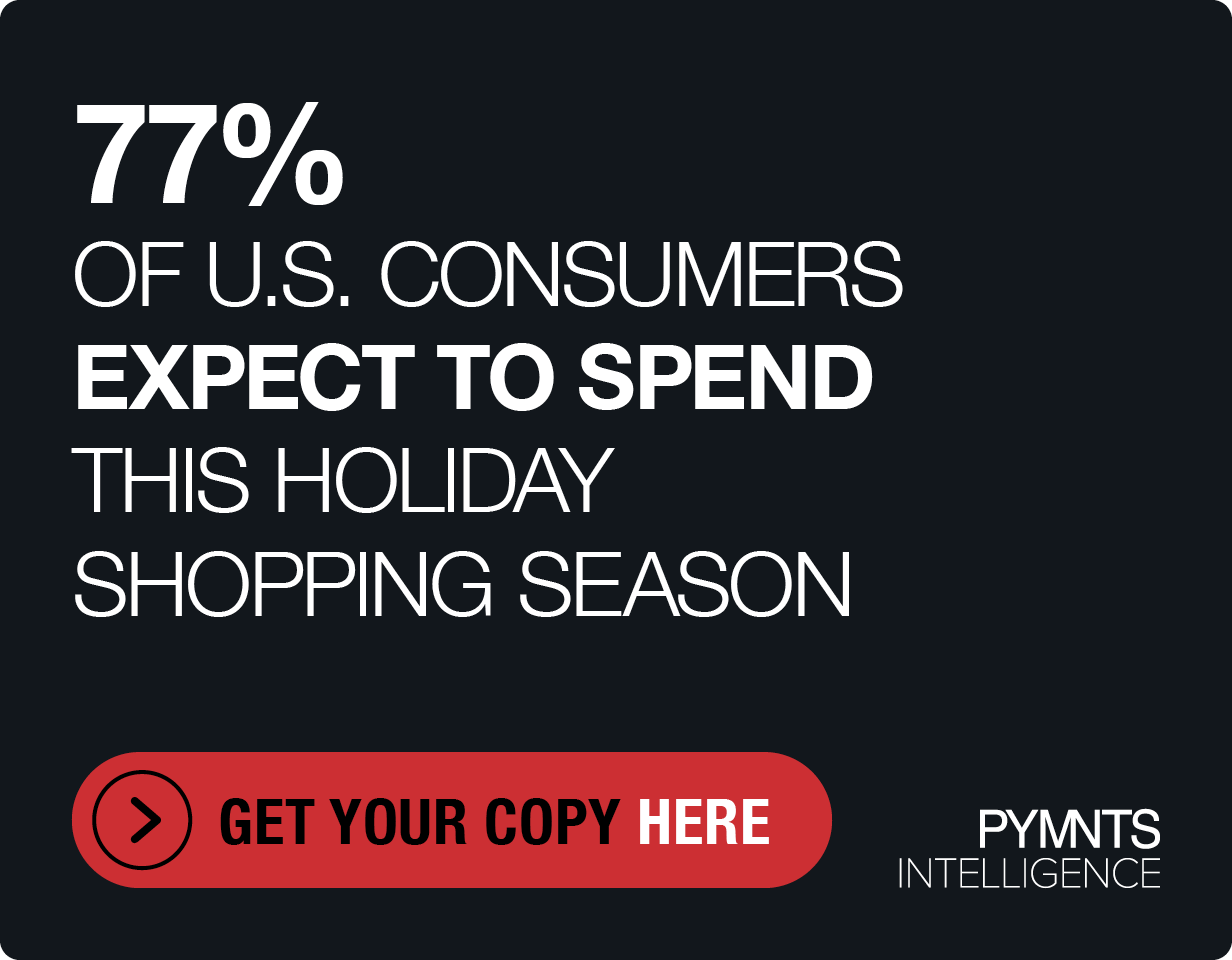New Approaches to Discounts, Fees, Digital Experience Reshaping Pharmacy Sector

The prescription business is getting a bit of a headache as pricing, product and the shifting landscape of retail pharmacies, prescription delivery services and other players reshape the terrain, hitting bumps.
Trends pressing on prescriptions were evident in GoodRx’s fourth-quarter 2021 earnings, as healthy gains in monthly active consumers (MACs) were offset by rising prices and lingering pandemic impacts.
On an analysts call after its earnings release, GoodRx Co-founder and Co-CEO Trevor Bezdek said, “The effects of COVID have remained longer than we expected, causing its impact to be greater than we expected. There’s been volatility in total prescriptions, new prescriptions, doctor visits, and even long lines for consumers to fill scripts due to vaccine administration, all had some impact on our business.”
Read more: GoodRx Shares Sink to Lows as COVID Pinches Prescription Transactions
That’s emblematic of issues faced by retail and online pharmacies since the pandemic began, as they were caught in a pincer of COVID tests and vaccinations as the number of prescriptions filled dipped.
While drug shortages and higher prices are being blamed largely on supply chain, digital changes to consumer shopping behavior are compounding issues for the nation’s pharmacy sector.
This was clear in CVS fourth-quarter and full-year 2021 earnings released in early February.
As PYMNTS reported, “The challenge CVS faces now — alongside its peers and rivals in retail, health insurance and pharmacy categories — is how to keep that large base engaged and coming back, and more often than not, the answer points to increased digital connectivity.”
See also: CVS Sees $3B Tech Investment as COVID-19 Vaccine and Testing Set to Plunge
As learned in the study Decoding Customer Affinity: The Customer Loyalty to Merchants Survey 2022, a PYMNTS and Toshiba collaboration, “Many pharmacy customers (82%) shopped at one or two pharmacies in store, but a larger share of consumers looked for their preferred pharmacy products with three or more competitors online (23%) than by shopping in person (18%).”
Decoding Customer Affinity added that “Digital features are among the top motivators for consumers willing to abandon their go-to pharmacies or grocers or those who have already done so. Our research found that 35% of both grocery and pharmacy shoppers say access to better digital capabilities could make them switch merchants.”
Price comparison shopping for prescription drugs has come a long way in two years as more consumers turned to the growing array of pharmacy apps for ease of use and discounts offered.
Get the study: Decoding Customer Affinity: The Customer Loyalty to Merchants Survey 2022
From the perspective of Big Pharma, problems around medication affordability is increasingly the fault of “payers, middlemen, providers and other stakeholders” involved in filling prescriptions.
In a January statement, Pharmaceutical Research and Manufacturers of America (PhRMA) President and CEO Stephen Ubl said, “Despite the deep discounts and rebates paid by our industry to health plans and other middlemen, many patients still struggle to afford their treatments. When more than half of what is spent on medicines goes to entities that have nothing to do with making them, the system needs to change. These data reinforce why a holistic approach is needed to address conflicts of interest within the health care system that often lead to higher costs for patients.”
Pharmacies see it from their vantage.
In February, Douglas Hoey, CEO at the National Community Pharmacists Association (NCPA) told Drug Store News that “The growing market trend for pharmacist-led offerings will help support NCPA’s aim of changing the pharmacy payment model to a system that includes fair payment for the drugs we dispense and recognition for pharmacists’ contributions to better health care. It also would result in simplicity for consumers, who are currently forced to navigate the complex, convoluted covert payment model to get their prescriptions and access care.”
As pricing issues play out between various prescription payers and payees, GoodRx’s Bezdek told analysts, “We are taking a long-term view. Some of [our] product and marketing investments deliver returns quickly, like GoodRx for Providers, which launched in the fourth quarter, and we believe puts us on a path to quickly becoming one of the largest provider platforms in the country.”
Meanwhile, Walgreens is pushing to become “the pharmacy of the future,” announcing plans in January to open 100 new Walgreens Health Corner locations in 2022, adding to its existing 9,000 U.S. as well as several hundred from its acquisition of Village MD.
See also: Walgreens Focused on Growing Health Unit as Solid Int’l Results Complicate Sale of Boots Unit
